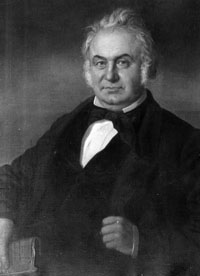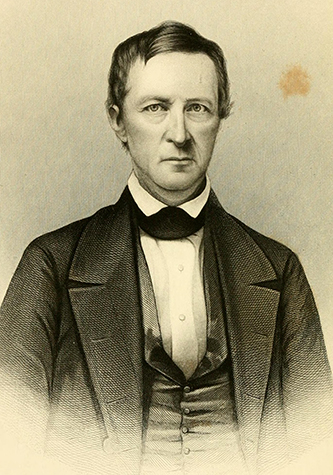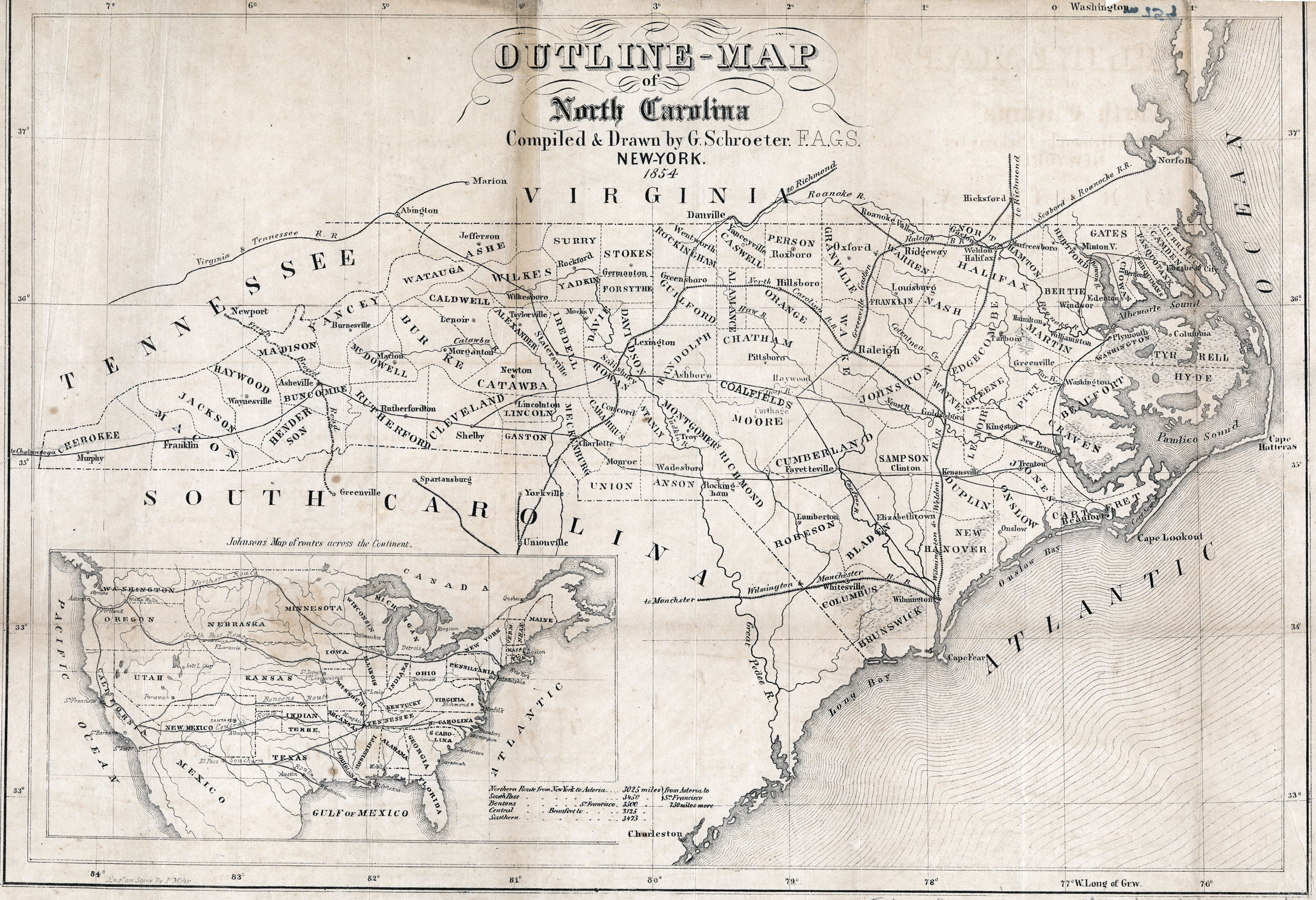Appropriately, ceremonies marking the beginning and end of construction on the North Carolina Railroad took place in Greensboro or its environs. The Guilford County seat was positioned near the midpoint of the 223-mile arch that the road followed across the state from Charlotte to Goldsboro. The early annual meetings of the stockholders were held in the Gate City. And, most importantly, Greensboro was the home of John Motley Morehead, former governor (1841-1845) and "in large measure the road's founding father," according to railroad historian Allen W. Trelease.
The formal groundbreaking took place on Friday, July 11, 1851, following the annual stockholders meeting. Thousands attended, a crowd which the local paper judged to be the largest in the town's history. Morehead spoke, voicing his pride in the project. Calvin Graves of Caswell County, who had sacrificed his political career by casting the deciding vote in favor of the railroad, had the honor of turning the first spade of soil. Those assembled filled a chest that served as a time capsule. Five years later, the two track-laying crews met at "Hilltop" midway between Jamestown and Greensboro. David F. Caldwell of Greensboro, legislator and railroad backer, drove the final spike. The Greensborough Patriot of February 1, 1856, headlined "Finished!!" and the Greensboro Times of January 21, 1856, "The Road Completed!"
The railroad proved to be a key factor in Greensboro's, indeed the Piedmont's, prosperity and industrial growth. During the Civil War the city was both a storehouse and a rail center for the Confederacy. Civilian refugees and wounded soldiers were transported and sheltered there. In April 1865, Confederate President Jefferson Davis arrived in Greensboro in the course of his flight southward.
Source Citation:
"North Carolina Railroad." North Carolina Highway Historical Marker Program. Accessed May 03, 2019. http://ncmarkers.com/Markers.aspx?MarkerId=F-12


